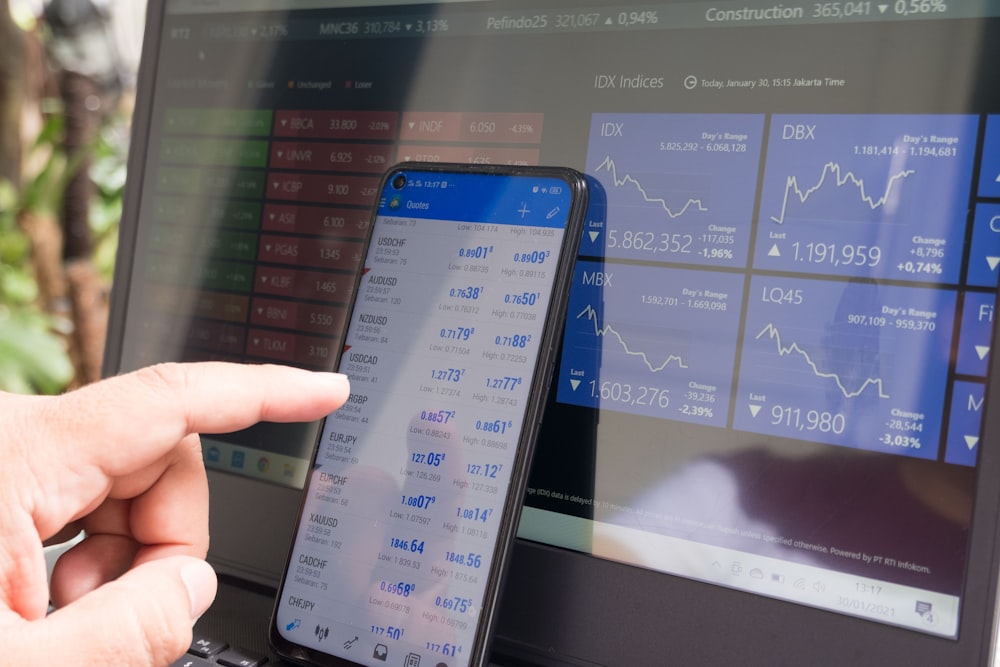Risk Aversion Is Seeping Into The Narrative Once Again
US equities fell Thursday, S&P down 0.3%. US10y yields down 5bps to 1.3%.
The weaker market sentiment came with conflicting signals from the early US regional manufacturing indices for July. A massive beat on empire state manufacturing, up 25.6pts, but Philly Fed fell 8.8pts. One consistency: 'prices paid' rolled over for both, down 3pts in empire state, down 11 pts in Philly.
Indeed, markets show signs of entering the first stages of risk aversion mode following a cross-asset selloff in the NY afternoon session.US 10y yield is down to the 1.30% area, Nasdaq futures are down 1.1% the dollar is up. There are no specific reasons for the risk-off, but stocks have deviated from bonds and FX for a while.
Image Source: Unsplash
S&P surged on the open on Thursday, but there were some jumpy moves through the day. VIX moved up 4% to close just above the 17-handle again while skew softened a touch. Market makers said the S&P flows were heavily dominated by put spread selling/monetizing, with several chunky put spreads sold out to October tenors.
I've been reading that that lack of treasury supply is the reason for the fall in yields, but from my seat, that hardly makes for a convincing argument. Instead, the likely increasing explanation for the fall in global bond yield is a fear of stagflation – extended pandemic, inflation in an early cycle, global central bank tightening, uncertainties over further US fiscal stimulus, and high stock valuations.
Oil Markets
Oil slid to a four-week low Thursday as the dollar strengthened, and on OPEC's signal, it may raise output soon. Futures in New York slid 2% on Thursday, with a rising US dollar reducing the appeal of commodities priced in the currency.
Gold Markets
Gold remains relatively unfazed by the uptick in US dollar demand; instead, yellow metals traders continue to zero on real yields for direction.
Precious metals took a U-turn lower overnight when 10y yields edged up during Fed Chair Powell's testimony to the Senate. Powell said the Fed would discuss Treasuries and mortgage-backed securities (MBS) tapering in the coming weeks - likely the July meeting.
It's a tough environment to stay long gold at the top of the current range
Forex
One thing that is becoming obvious and apparent is the majority of the street was wrong about their weaker dollar call over the summer. Indeed what matters most for the USD is not long-end yields(those are falling ) but Fed lift-off and front-end rates; hence the reason why I've been adamant about not shorting the US dollar to any significant extent since the June FOMC meeting. By easing their commitment to the "transitory" inflation narrative, the Fed watered-down implicit calendar-based guidance freeing the market to price in sooner and accelerating rate hikes in coming years. If market pricing is correct and the Fed lifts off in 2022, we will revert to a pre-COVID Forex world of exceptionally flat curves and a strong USD
Meanwhile, with RBNZ, Bank of Korea, and Bank of England speakers turning more hawkish, the theme of global central banks catching up has started.
With that in mind, the RBNZ's willingness to signal more sustained inflation in the medium term in its policy statement earlier this week makes sense in the context of higher-than-expected CPI data for Q2 (1.3% q/q, 3.3% y/y, cons: 0.7%, 2.7%, last: 0.8%, 1.5%).
A growing hawkish chorus from G10 central banks could drive concerns that the Fed is behind the curve sooner rather than later. The Bank of England is also in this camp, and both banks are pushing back harder than the Fed against inflationary forces. Still, the hawkish camp on the FOMC could assert itself more purposefully at the July 28 meeting.





"Risk Aversion" is probably a wise attitude when a clear and present risk is seen, especially if the stakes that would be risked are not small. Given that some of the driving forces are not at all predictable, while others are obvious, it becomes a question of "How Much Can One Afford To Lose?" relative to what are the possible gains.
Aside from that, the question of following the herd also comes to mind. Is that always a good choice???
Banks pushing back harder than the fed against inflation? I should hope so. Perhaps there is an understanding of the damage that inflation causes. And it is always interesting to hear the explanations as to why guesses were wrong.
Besides that, "transitory inflation" is always a lie. The correct term is "growing inflation"